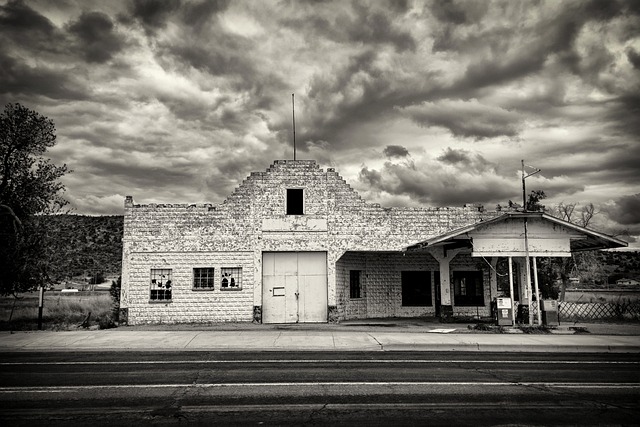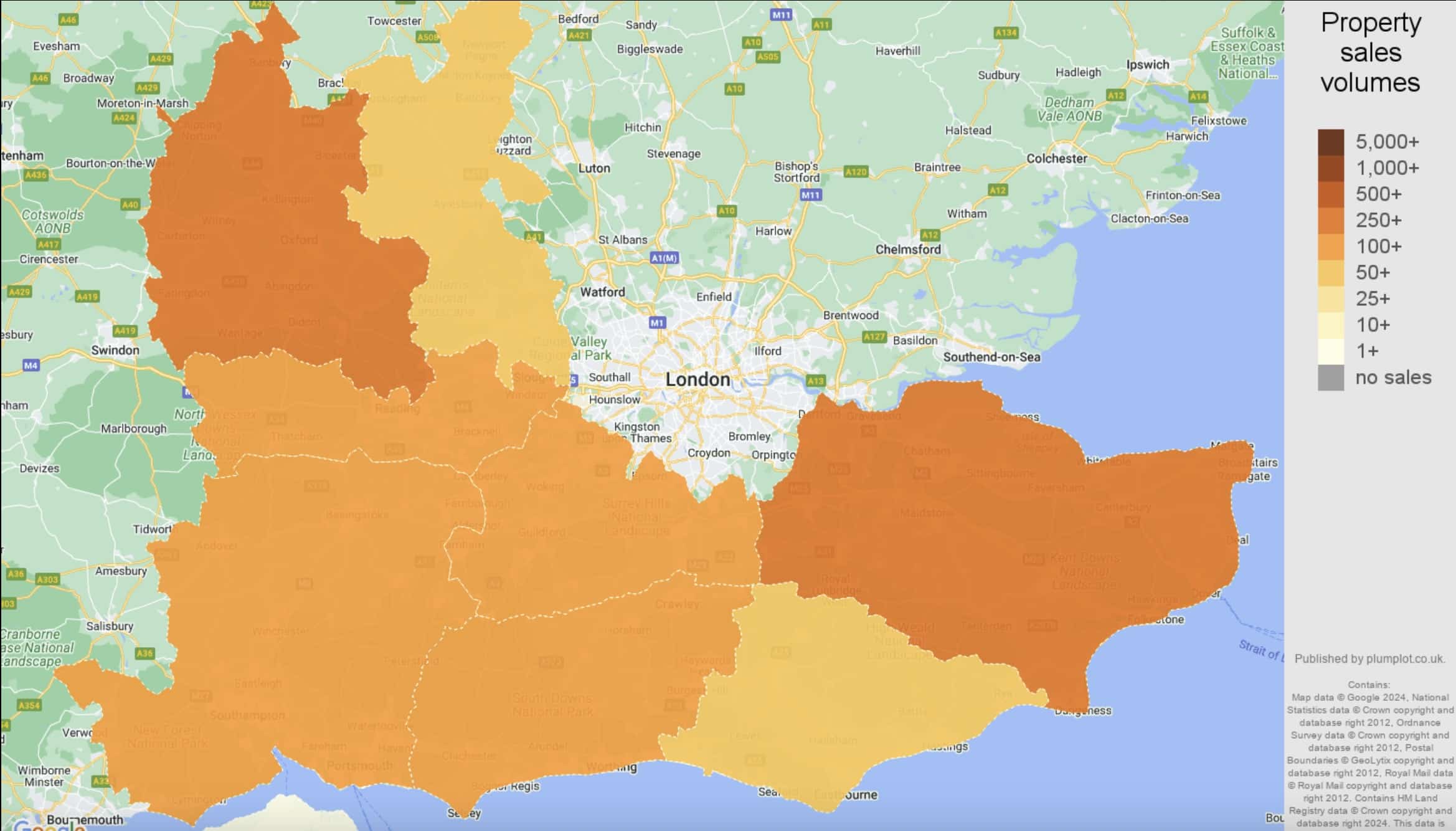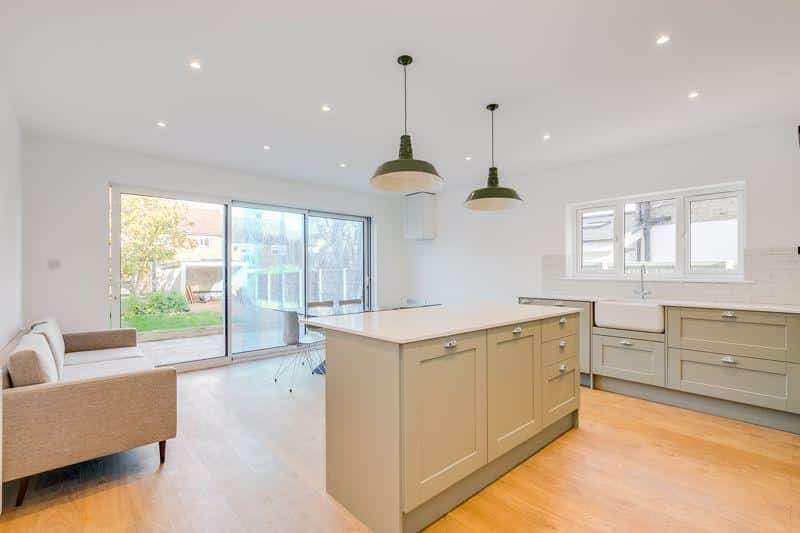Since the new Labour government was elected on the 4th of July, they’ve made it clear that planning reform and large-scale home building is a priority. They’ve pledged to build 1.5m new homes in the next five years, and alongside brownfield land, the so-called ‘Grey Belt’ is where they’re looking. We’ve already discussed the advantages of brownfield sites, but what is grey belt land, and is it the solution to Britain’s housing crisis?
What is Grey Belt land?
Grey belt land is a new term introduced by the Labour Party that intends to reclassify and then develop Green Belt land that is considered “poor quality” and “ugly”. Examples of grey belt sites could include disused car parks, wasteland, former golf courses, sites of mineral extraction and more. It is argued that these don’t fit the description of ‘true’ green belt and are therefore perfect for development.
Labour themselves use an example of a disused garage and petrol station in Tottenham, London which under current rules is considered part of the green belt and therefore can’t be developed.
It is tough to obtain planning permission on green belt land, with applicants having to demonstrate “exceptional circumstances”. Currently, green belt land covers around 13% of England and was put in place over 70 years ago to prevent urban sprawl which could lead to large towns and cities merging. However, in the South East, this has already happened.
The South Hampshire conurbation, sometimes known as Solent City, is a continuous urban area between the cities of Southampton and Portsmouth, as well as their satellite towns, and is home to an estimated 1.5 million people. Similarly, the Brighton & Hove built-up area stretches roughly 25 miles from Littlehampton in the west to Brighton in the east, and is home to nearly half a million people.
How much grey belt land is in the UK?
Unfortunately, there’s no data yet on how much of the green belt will be reclassified as grey belt. However, estate agents Knight Frank undertook research in January 2024 that identified 11,000 sites in England that have been previously developed, equating to roughly 1% of the total green belt. Depending on the design and make-up of the new housing stock, this land could accommodate an estimated 100,000 to 200,000 new homes. Fortunately, the majority of these are in the South East, with 40% inside the London green belt area.
This is way below Labour’s target of 1.5m new homes in the next five years. However, it is still a significant amount and represents a fantastic opportunity for property developers. Developing brownfield sites will still be required, and a 2022 study by CPRE identified almost 30,000 hectares of brownfield land in the UK, enough for 1.2 million homes.
What does the grey belt mean for property developers?
While this is likely to be good news for property developers, and Labour’s policy has not yet been fully released, we already know that there will be some stipulations to build on the grey or green belt. According to Myerson Solicitors, these include:
- Brownfield development must be prioritised ahead of green belt.
- Grey belt development will come next.
- Grey/green belt development must include at least 50% affordable homes.
- New public services and infrastructure must be introduced when building on the green belt.
- Green belt development must be ‘accompanied by a plan to improve existing green spaces and create new ones accessible to local people’.
For developers of all sizes, the relaxation of planning laws related to brownfield and grey belt sites should come as welcome news. In the South East in particular, the availability and price of land is a significant limiting factor in the feasibility of property development. Many developers have identified potential sites but are unable to secure planning permission, funding or both to turn their ideas into reality.
We will need to wait and see for the legislation to appear, as the devil is always in the details, but property development in the South East may soon get a welcome boost. If you have a project lined up and require development finance, don’t hesitate to contact us. We’ve got years of experience working with local developers on exciting projects.






